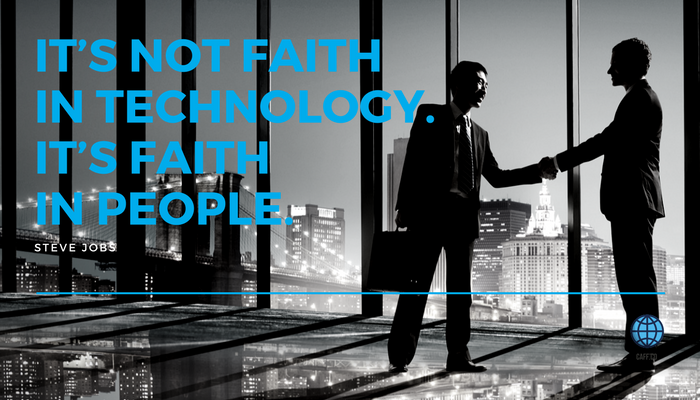Nonprofits want more funding. Funders want more confidence. More confidence comes from demonstrated operational competence. Operational competence comes from understanding and applying best practices.
Herein, lies the problem.
The definition of operational competency is changing for nonprofits and the new best practices aren’t even wet cement yet.
Nonprofits traditionally operated in a silo by design. To stay on mission, they narrow-focused their programs and projects. They served a particular need and identifiable group of people and their donors and volunteers rewarded them because they did.
This formula worked exceptionally well until recently. In the past, nonprofits just provided compelling success stories supported by their financials to accompany funding requests to prove competence, capability and capacity. That process is no longer seen as an acceptable proposal submission for many funders, regardless of size.
Basically, philanthropic funders are seeking similar levels of discipline that they expect from other investments, most specifically, around nonprofit transparency and accountability.
In short, funders are seeking verification that the nonprofits they fund can deliver on their promises.
Verification includes, but is not limited to, varying levels of real-time dashboard reporting based upon predetermined objectives including milestones, timelines, supply chain visibility and independent verification.
Given the current state of operational competency of most nonprofits, this is just not viable…or is it?
Existing Solutions is Plain Sight
Collaborative, cloud based solutions for funders and nonprofits are starting to emerge with great promise. On such solution is Fluxx. Fluxx is an impressive mixture of missionary marketer, bridge builder and software-as-a-service provider “enabling a transparent, accessible, and more connected ecosystem for all funders and impact investors.”
As good as Fluxx may be for their clients, the larger nonprofit community still needs a more universal solution.
Enter Blockchain For Nonprofits
Blockchain removes the need for a centralized authority to control information and validates an exchange of value between different parties. In other words, records and transactions are visible on many computers for everyone to see.
In short, that is how Bitcoin works. Blockchain is the technology Bitcoin and other cryptocurrencies are built on. Bitcoin validates the value exchange between different parties and creates a paper trail to verify the transaction without intermediaries.
The watchdog-in-the-middle that is normally required is not needed because the transaction can be seen by many people in many places and is irrevocable. In other words, blockchain creates transparency and accountability for digital currency to be viable.
That same type of blockchain methodology, called ixo protocol, is now being developed for proof of impact for the social sector. The ixo foundation, creator of the ixo protocol states,”count what matters, value what counts.” For more information on blockchain in the social sector, read Is Blockchain the Future of Philanthropy? by Sam Caplan.
Early adopters of blockchain, like Givetrack and Alice, are already demonstrating its usability. GiveTrack is a platform nonprofits can use for taking donations and sharing with donors exactly how their contributions are used while tying donations directly to a project result.
Another twist on the same theme is Alice offering incentives to social organizations (including social enterprises) to run their projects transparently, but pays them more when they achieve their goals.
The performance of each project is publicly available (blockchain), making it easier for funders to identify and help scale social projects that actually work. Another benefit of blockchain is shared impact data encouraging collaboration, reducing due diligence and lowering reporting costs.
Blockchain could solve the transparency and accountability question for nonprofits and funders. Any thoughts?
For more thought leadership on nonprofit best practices and operational excellence, please visit The Global Center for Nonprofit Excellence where nonprofits, funders and industry experts work together for the greatest impact.


0 Comments Leave a comment